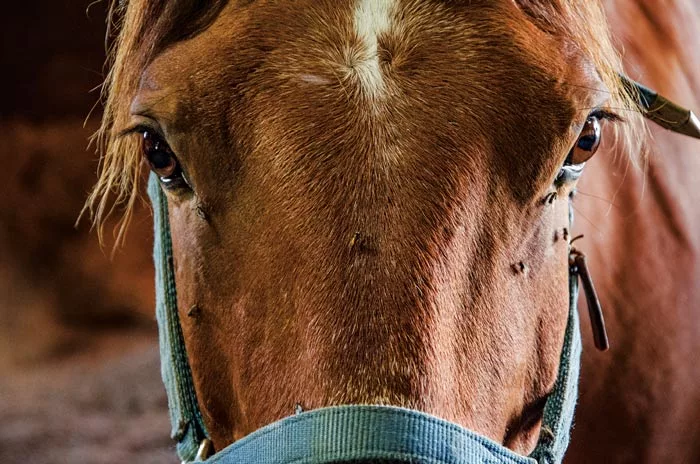American Farriers Journal
American Farriers Journal is the “hands-on” magazine for professional farriers, equine veterinarians and horse care product and service buyers.

If there’s one thing that farriers can count on, it’s that fly season is just around the corner. Before you stock your farrier rig with insect repellent, it’s important to understand which pest you’re up against
“Every insect develops differently, has a different behavior and distribution pattern, which means that the control for each fly differs,” says Dr. Tim Gibb, a clinical professor of entomology at Purdue University. “Just one recipe won’t take care of all the flies. So, that’s why it’s important to know the difference between them.”
Being the practical lot that farriers are, however, carrying much more than one or two insecticides or repellents probably won’t be happening. Your best bet to limit flying pests are pyrethrins, which are “natural insecticides produced by certain species of the chrysanthemum plant,” according to the Pesticide Information Project (PIP).
PIP is part of the Cooperative Extension Offices of Cornell University, Michigan State University, Oregon State University and the University of California at Davis.

Pyrethrins are the most prevalent and effective insecticide and repellent that farriers can use.
Most biting flies are less active in a darkened area such as a barn.
Controlling insects such as mosquitoes is important because of the potential to transmit diseases such as West Nile Virus and other encephalitis-related viruses to which horses are sensitive.
Lengthy exposure to biting insects can frustrate and stress horses, as well as produce other health problems such as anemia.
“Pyrethrins are probably the most prevalent…